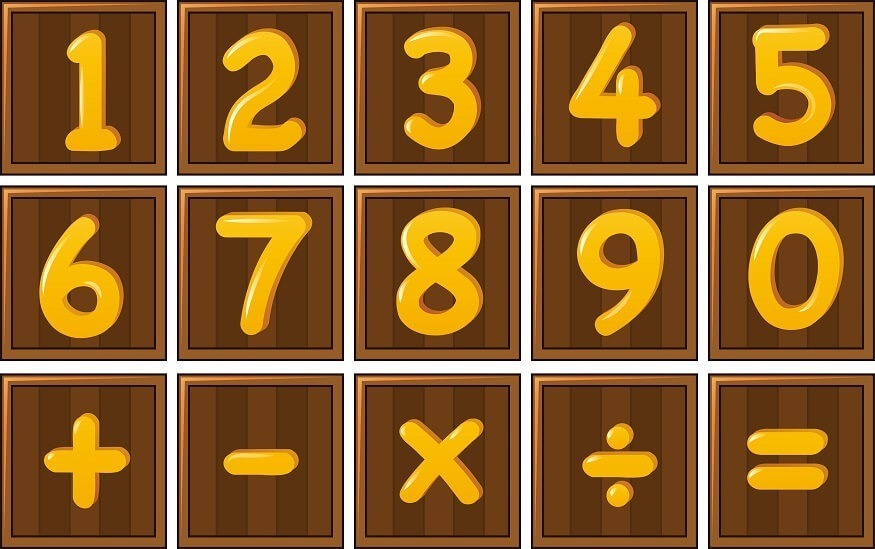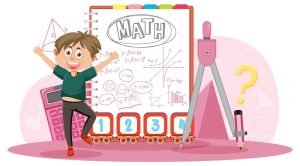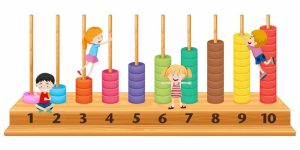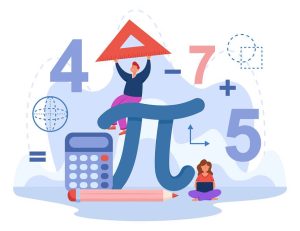Consecutive Numbers: All You Need to Know About

Understanding the meaning of “consecutive” is necessary before learning what exactly consecutive numbers are. The definition of the word is “continually following each other.” In other words, successive numbers are a sequence of integers in which every number follows every other number in a gap-free manner. It is like finding an amusing pattern in numbers that flow together smoothly, like steps in a staircase, when you explore consecutive numbers with your child. Consider counting consecutively, without any breaks in between. That is the main idea behind successive numbers!
Examples of Consecutive Numbers
Examples of consecutive numbers include:
- 3, 4, 5, 6: Every number comes after the previous one.
- 10, 11, 12, 13, etc. Everynumber is just a single above the previous one.
- -1, 0, 1, 2: The concept remains the same even when dealing with negative numbers: each is more than the previous one.
- The numbers are consecutive if they remain in sequential order, with no gaps!
What are Consecutive odd and even numbers?
Let us start by using some basic examples for explanation:
- Consecutive even numbers:
- Consecutive even numbers divide precisely by two, such as 2, 4, 6, 8, etc. We obtain the consecutive even numbers if we start with two and add two more times.
- Start with 2.
- 2: Two plus two equals four.
- Again, add two: 4 + 2 = 6.
- Similarly, 6 + 2 equals 8, 8 + 2 = 10, and so on.
For example:
- Consecutive odd integers:
- Consecutive odd numbers are the numbers that, when divided by two, always leave an extra number of one and cannot be divided by 2 perfectly.
- They add two to the previous odd number tofollow one another.
- Begin with 1.
- Add two to find the next odd number: 1 plus 2 equals 3.
- Add 2: 3 + 2 = 5.
- Continue like this: 5 + 2 equals 7, 7 + 2 = 9, and so on.
- Toget the consecutive numbers, we add or skip by two in both situations; however, for even numbers, we start at 2, while for odd numbers, we start at 1.
- Consecutive numbers appear in algebra and geometry, like multipurpose tools in mathematics.
- They help in the expression of interactions between unidentified in algebra. The way that sums and averages work is based on successive numbers.
- They are essential participants in polygons and progressions in geometry.
- Consecutive numbers perform well even in everyday scenarios like seat assignments or probability calculations.
- They are ideal for identifying patterns and estimating future values in sequences.
- Fixed Difference: Consecutive numbers have a constant difference. Example: 1, 2, 3, 4, where the difference between consecutive numbers is always 1.
- Odd Numbers Difference: Consecutive odds numbers have a difference of 2. Example: 3, 5, 7, where 5−3=2
- Even Numbers Difference: Consecutive evens also differ by 2. Example: 10, 12, 14, where 12−10=2
- Sum Divisibility (Odd Numbers): The sum of n consecutive odds is divisible by n. Example: 5, 7, 9, 11, 13, 15, 17 (7 numbers, sum =77=, divisible by 7).
- Sum of Two Consecutive Numbers: Always results in an odd number. Example: 1+2=3
- Sum of Two Consecutive Odd Numbers: Always an even number. Example: 5+7=12
- Sum of Two Consecutive Even Numbers: Always even. Example: 10+12=22
For example:
Use of Consecutive Numbers in Mathematics
The following are the areas of mathematics where consecutivenumbers play an essential role-
Properties of Consecutive Numbers
The Properties of Consecutive Numbers include:
Solved Examples of Consecutive Numbers
The following are some solved examples of consecutive numbers:
- What are the 10 numbers that come after one another?
The first ten consecutive numbers are 1, 2, 3, 4, 5, 6, 7, 8, 9, and 10.
- Write the consecutive even integers between 20 and 40.
The consecutive even integers between 20 and 40 are as follows:
20, 22, 24, 26, 28, 30, 32.
- Find the sum of two consecutive numbers, 8 and 9.
The sum of two consecutive numbers is 8+9 = 17.
Consecutive Numbers in Real-Life Applications
Several aspects of daily life depend on consecutive numbers, which we take for granted in academic contexts but whichsimplify work and offer organisational benefits. They are
- Pages in Books: Page numbers help readers navigate text more efficiently by maintaining order and facilitating referencing inside books.
- Calendars: Consecutive numbers guarantee easy planning and organisation, whether monitoring days, weeks, and months or managing your time effectively.
- Building Floors: The numbers in the sequence of building floors facilitate navigation in multi-story buildings, making it easier for occupants and guests to find their way to desired locations.
- Kilometres Travelled: Travellers may check the remaining distance and travel efficiently using the continuous kilometre numbering system on roads and highways.
- House Numbers: Residential dwellings are sequentially numbered to provide easy address identification for delivery and navigation.
- Numbering Residential Houses Sequentially: This allows for easy address identification for delivery and navigation.
- Students’ Roll Numbers: Classrooms with consecutive roll numbers make it easier to identify students and assign seats, which promotes effective teaching and learning settings.
- Seating arrangements: Vehicles’ sequential numbering makes it simple for passengers to find their allotted seats, promoting orderly boarding and transit.
The basis for mathematical thinking is the understanding of consecutive numbers. These numbers provide organisation to everyday life, from arranging textbooks to scheduling days on calendars. They are essential to the educational process at Billabong International High School. Accepting this idea gives students the organising abilities they need to succeed academically.
Join Billabong International High School to give your kids a wholesome learning experience. To learn more about our curriculum, contact us today!












